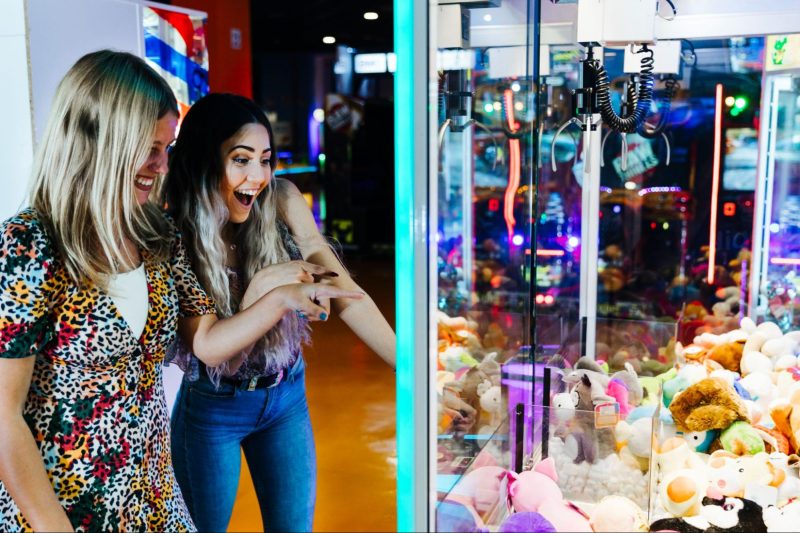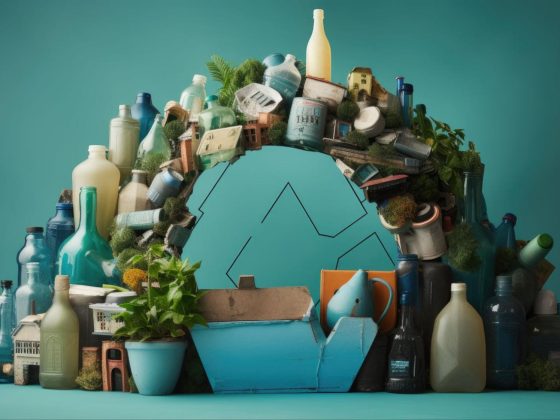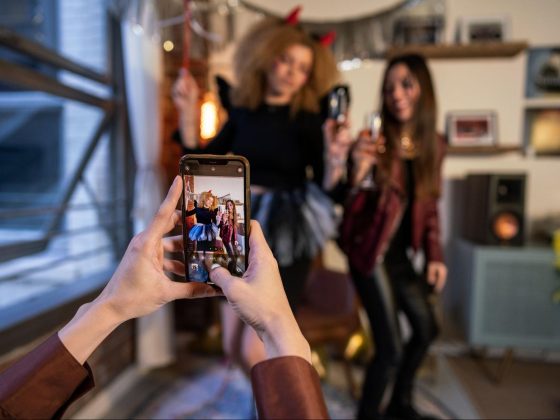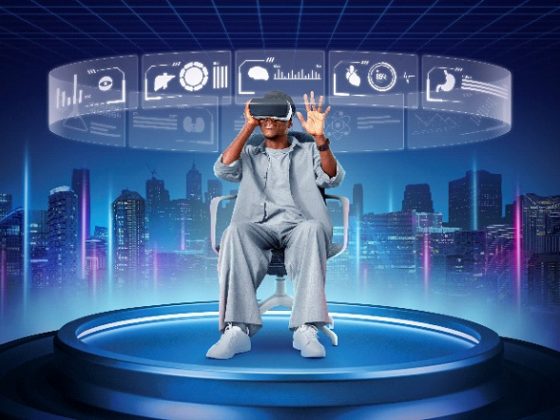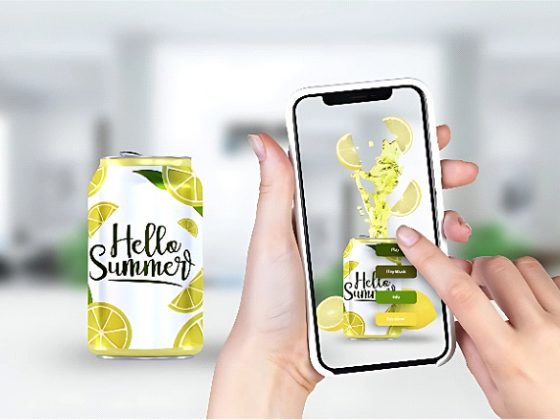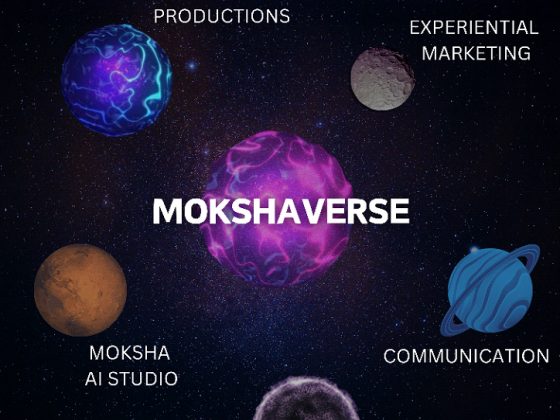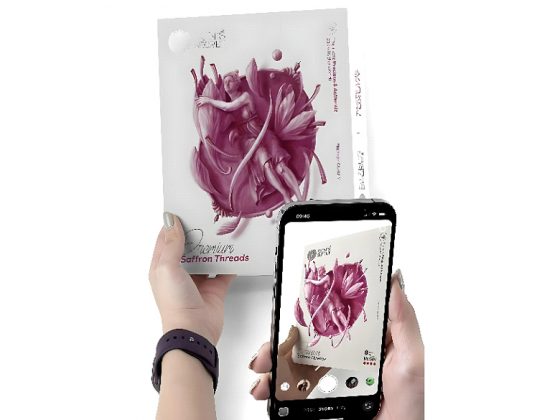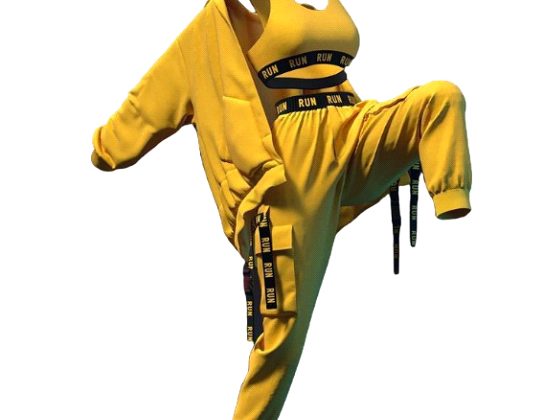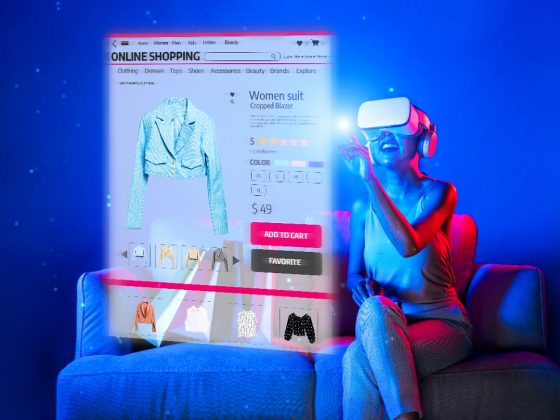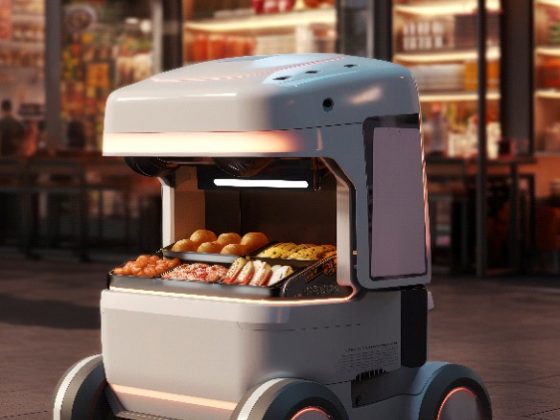The research underscores the growing appeal of gamification. A report by Markets and Markets projects that the global gamification market will grow at a compound annual growth rate (CAGR) of 27.4%, reaching $30.7 billion by 2026. This rapid expansion reflects gamification’s ability to enhance user experiences across retail, healthcare, and education industries. For brands, mostly FMCG brands, gamification is not just a trendy marketing tactic; it is increasingly regarded as a key strategy for fostering consumer loyalty and creating lasting connections.
Transformative Gamification Campaigns in FMCG
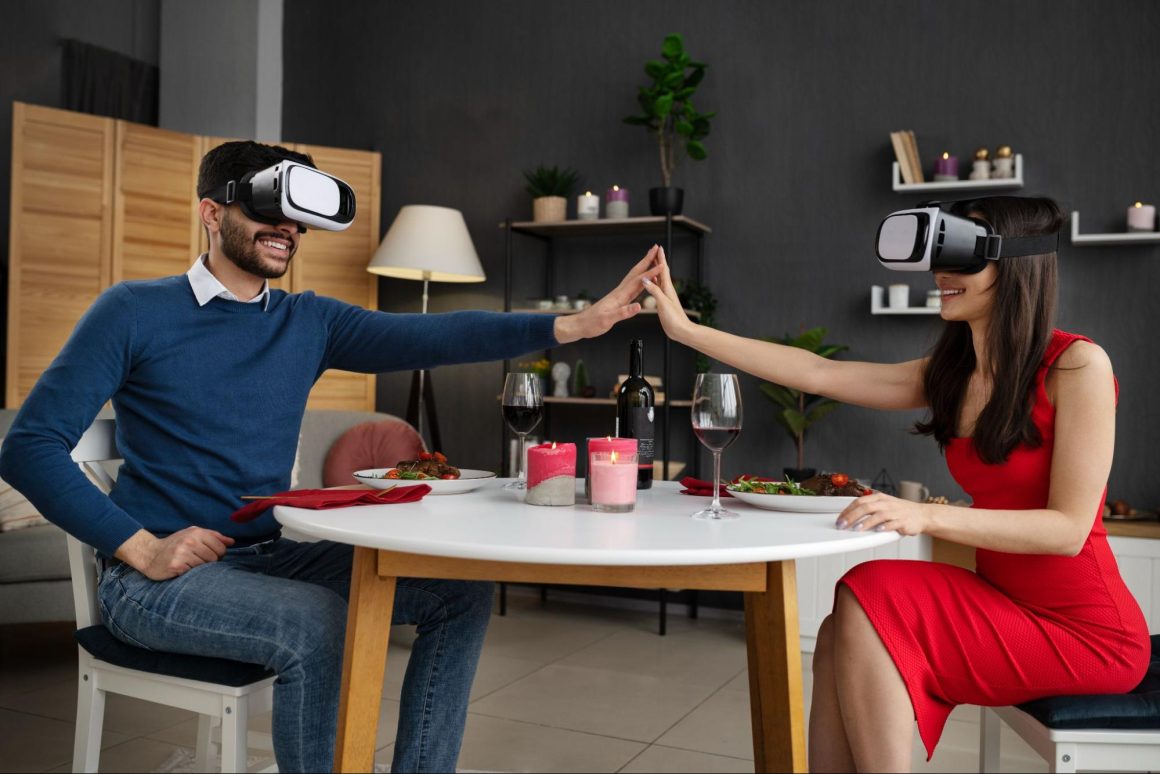
Numerous high-impact campaigns illustrate how FMCG brands successfully leverage gamification to engage consumers. One notable example is the “Smile with Lay’s” campaign, which encouraged customers to share selfies with Lay’s packaging on social media. This initiative garnered millions of impressions and significantly boosted sales by transforming a simple purchase into a fun, shareable experience.
Through the power of social media integration, Lay’s succeeded in both increasing brand visibility and fostering loyalty among its audience.
Similarly, PepsiCo’s “Pepsi Max House of Dare” campaign utilised augmented reality (AR) to create an immersive consumer experience. Customers could unlock unique challenges and rewards by scanning QR codes on Pepsi Max cans. This AR-driven campaign achieved a 30% higher engagement rate than traditional advertising methods, highlighting the potential of gamification to amplify consumer interaction. The integration of AR made the experience more exciting, giving consumers a sense of accomplishment and excitement that strengthened their connection to the brand.
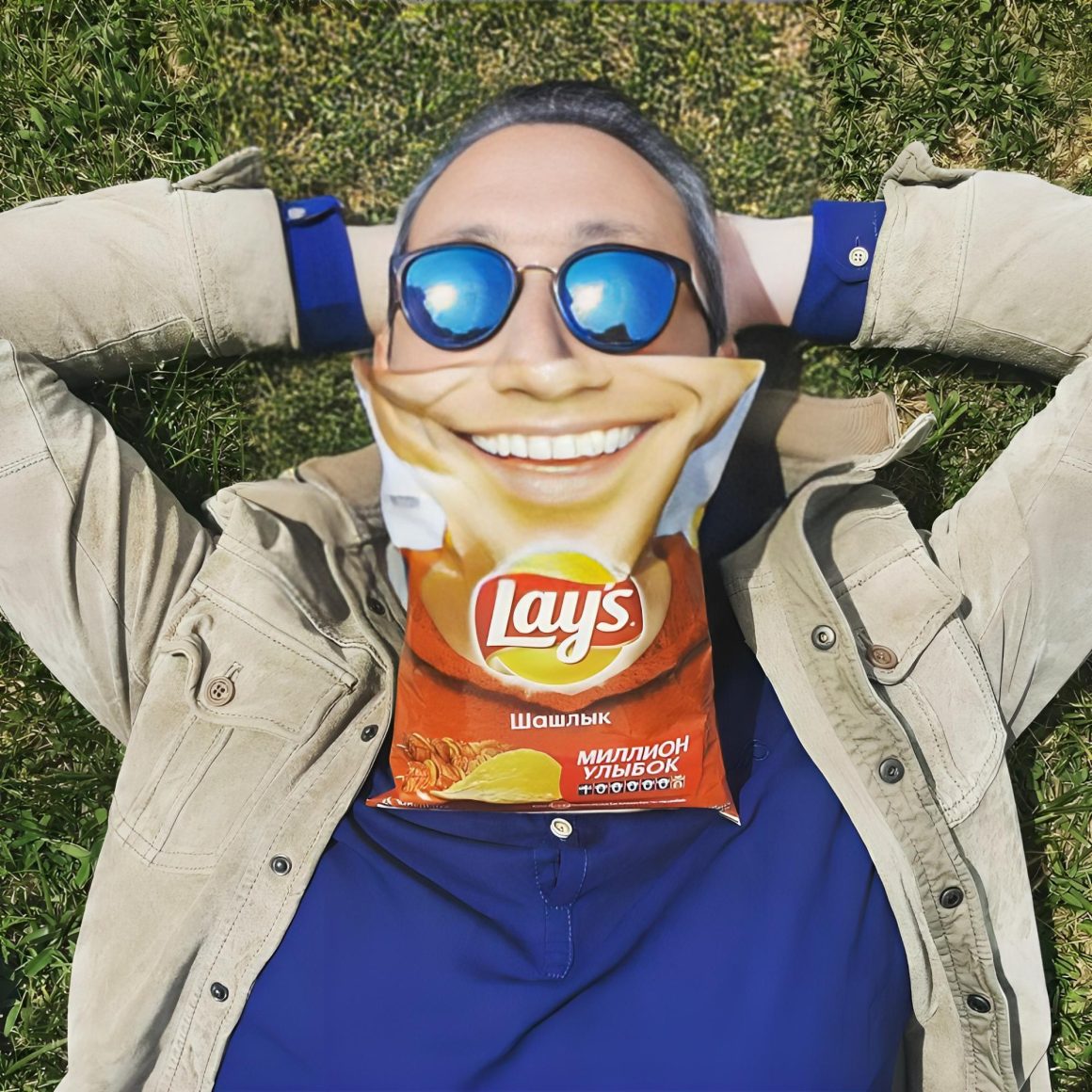
These campaigns exemplify gamification’s ability to transform everyday purchases into memorable, emotionally engaging experiences. By making routine transactions enjoyable, brands can establish stronger consumer relationships, encourage repeat engagement, and enhance brand recall.

